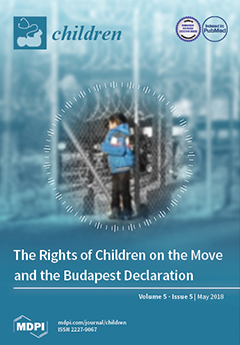Background: We previously reported a 67% extubation failure with INSURE (Intubation, Surfactant, Extubation) using morphine as analgosedative premedication. Remifentanil, a rapid- and short-acting narcotic, might be ideal for INSURE, but efficacy and safety data for this indication are limited.
Objectives: To
[...] Read more.
Background: We previously reported a 67% extubation failure with INSURE (Intubation, Surfactant, Extubation) using morphine as analgosedative premedication. Remifentanil, a rapid- and short-acting narcotic, might be ideal for INSURE, but efficacy and safety data for this indication are limited.
Objectives: To assess whether remifentanil premedication increases extubation success rates compared with morphine, and to evaluate remifentanil’s safety and usability in a teaching hospital context.
Methods: Retrospective review of remifentanil orders for premedication, at a large teaching hospital neonatal intensive care unit (NICU). We compared INSURE failure rates (needing invasive ventilation after INSURE) with prior morphine-associated rates. Additionally, we surveyed NICU staff to identify usability and logistic issues with remifentanil.
Results: 73 remifentanil doses were administered to 62 neonates (mean 31.6 ± 3.8 weeks’ gestation). Extubation was successful in 88%, vs. 33% with morphine premedication (
p < 0.001). Significant adverse events included chest wall rigidity (4%), one case of cardiopulmonary resuscitation (CPR) post-surfactant, naloxone reversal (5%), and notable transient desaturation (34%). Among 137 completed surveys, 57% indicated concerns, including delayed drug availability (median 1.1 h after order), rapid desaturations narrowing intubation timeframes and hindering trainee involvement, and difficulty with bag-mask ventilation after unsuccessful intubation attempts. Accordingly, 33% of ultimate intubators were attending neonatologists, versus 16% trainees.
Conclusions: Remifentanil premedication was superior to morphine in allowing successful extubation, despite occasional chest wall rigidity and unfavorable conditions for trainees. We recommend direct supervision and INSURE protocols aimed at ensuring rapid intubation.
Full article






